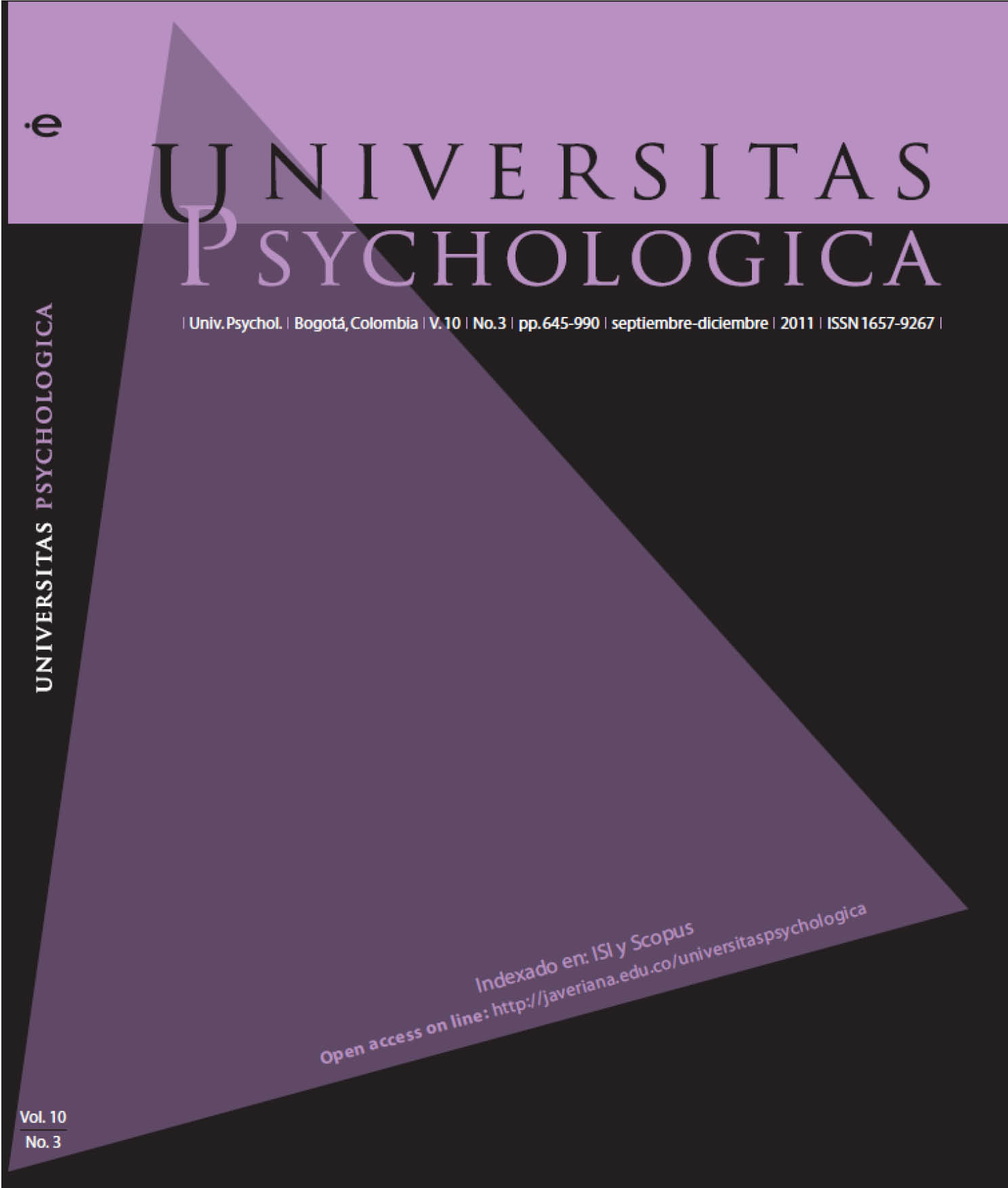Abstract
This study reports psychometric characteristics for two Psychopathy scales developed with the MACI and assess their utility for screening and describing high psychopathic adolescents. Four groups representing the social adjustment and maladjustment continue answered the MACI and a self report about adolescent social behaviour. A factorial analysis of the psychopathy scales determined structures formed by two and three factors which are supported by the models of psychopathy presented by Hare and by Cookie and Michie. An algorithm developed with these scales-scores identified and allowed to characterize a group of 49 adolescents (11.2 % of the sample) with high psychopathy. Psychometric characteristics and the utility of these two scales for identifying adolescents with psychopathic profiles are discussed.
This journal is registered under a Creative Commons Attribution 4.0 International Public License. Thus, this work may be reproduced, distributed, and publicly shared in digital format, as long as the names of the authors and Pontificia Universidad Javeriana are acknowledged. Others are allowed to quote, adapt, transform, auto-archive, republish, and create based on this material, for any purpose (even commercial ones), provided the authorship is duly acknowledged, a link to the original work is provided, and it is specified if changes have been made. Pontificia Universidad Javeriana does not hold the rights of published works and the authors are solely responsible for the contents of their works; they keep the moral, intellectual, privacy, and publicity rights. Approving the intervention of the work (review, copy-editing, translation, layout) and the following outreach, are granted through an use license and not through an assignment of rights. This means the journal and Pontificia Universidad Javeriana cannot be held responsible for any ethical malpractice by the authors. As a consequence of the protection granted by the use license, the journal is not required to publish recantations or modify information already published, unless the errata stems from the editorial management process. Publishing contents in this journal does not generate royalties for contributors.


